Friendly Rent Increase Letter Template for Landlords
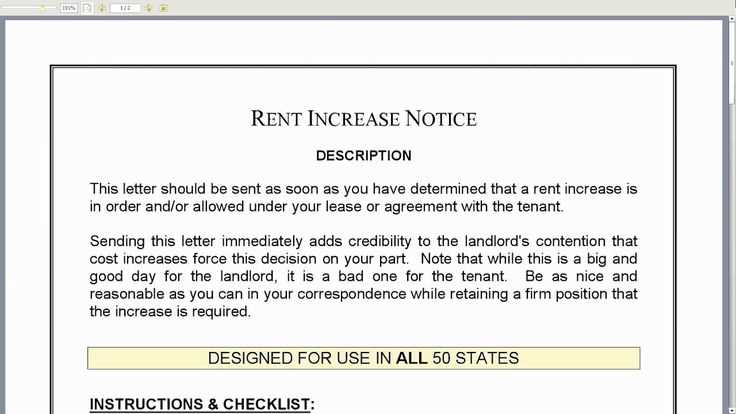
When it’s necessary to adjust the terms of an agreement with a tenant, clear and respectful communication is essential. Ensuring both parties are on the same page helps maintain a positive relationship and reduces the chances of misunderstandings. Crafting a well-structured message can make the process smoother and more effective for everyone involved.
In this section, we’ll explore how to communicate important changes in a professional yet approachable way. By focusing on transparency, clarity, and courtesy, landlords can handle necessary adjustments while maintaining a good rapport with tenants.
Adapting your approach to suit individual situations is key. Every tenant is different, and understanding their perspective can go a long way in creating a comfortable environment for open dialogue. This can foster cooperation and make any necessary transitions easier to navigate.
How to Write a Rent Increase Notice
When adjusting the terms of a leasing agreement, it’s important to approach the communication with clarity and professionalism. Properly conveying the change ensures that both parties understand the new expectations and helps avoid confusion or disputes. A well-crafted message reflects a respectful and transparent approach to handling necessary adjustments.
To create an effective notice, it is important to include key details that are clear and easy to understand. The document should outline the change, provide a reasonable explanation, and state the date when the new terms will take effect. Below is a simple guide to structuring this communication:
| Key Element | Explanation |
|---|---|
| Introduction | Start by addressing the tenant with respect and stating the purpose of the notice clearly. |
| Details of the Change | Explain the modification to the terms of the agreement, including the new amount and effective date. |
| Reason for the Change | Provide a brief, polite explanation for why the adjustment is necessary. |
| Contact Information | Invite the tenant to reach out with any questions or concerns regarding the change. |
| Closing | End on a positive note, expressing gratitude for their understanding and cooperation. |
By following this format, landlords can ensure they provide all necessary information while keeping the tone respectful and clear. This method can help maintain a strong relationship with the tenant while making the required adjustments smoothly.
Creating a Professional and Courteous Tone
When communicating changes to a leasing agreement, maintaining a respectful and professional tone is crucial. This ensures that the message is well-received and fosters a positive relationship between the landlord and tenant. A courteous approach helps set the right expectations and minimizes the chances of misunderstandings or frustration.
To establish a professional tone, focus on clarity and politeness. Avoid overly formal or casual language, instead opting for a balance that conveys respect without sounding distant. The tone should be positive and understanding, acknowledging the tenant’s position while clearly explaining the reasons for the adjustment.
Key strategies to create a professional tone:
- Use respectful language: Always address the tenant politely, using titles or their full name when appropriate.
- Be transparent: Provide a clear explanation of why the change is necessary, without going into unnecessary detail.
- Maintain empathy: Acknowledge the potential inconvenience the tenant may experience due to the change.
- Express appreciation: Thank the tenant for their understanding and cooperation throughout the process.
By keeping these principles in mind, landlords can ensure that any necessary adjustments are communicated in a manner that respects the tenant’s perspective and maintains a professional relationship.
Important Information to Include in the Letter
When notifying a tenant about changes to the terms of their lease, providing clear and concise details is essential. The communication should be thorough enough to ensure the tenant fully understands the change, while also being direct and to the point. Including all the necessary information helps avoid confusion and fosters a cooperative relationship.
Details of the Change
The most important aspect of the notice is to clearly outline the modification. This includes specifying the new amount or terms, as well as the date when the new conditions will take effect. Providing these details in an easy-to-understand format will help the tenant prepare for the upcoming adjustment.
Explanation and Justification
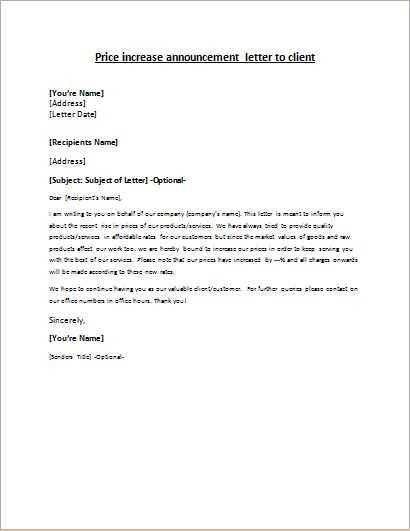
While the details are important, explaining the reason for the change is equally vital. Whether it’s due to market conditions, rising costs, or other factors, providing a brief justification can make the adjustment seem more reasonable to the tenant. Be honest and transparent, but keep the explanation professional and concise.
Additional points to include:
- Effective date: Clearly state when the new terms will begin.
- Contact information: Provide a way for the tenant to reach out with questions or concerns.
- Gratitude: Express appreciation for the tenant’s understanding and cooperation.
By including these key pieces of information, you can ensure that the communication is both clear and respectful, helping to maintain a positive relationship with the tenant.
Understanding Tenant Rights and Legal Limits
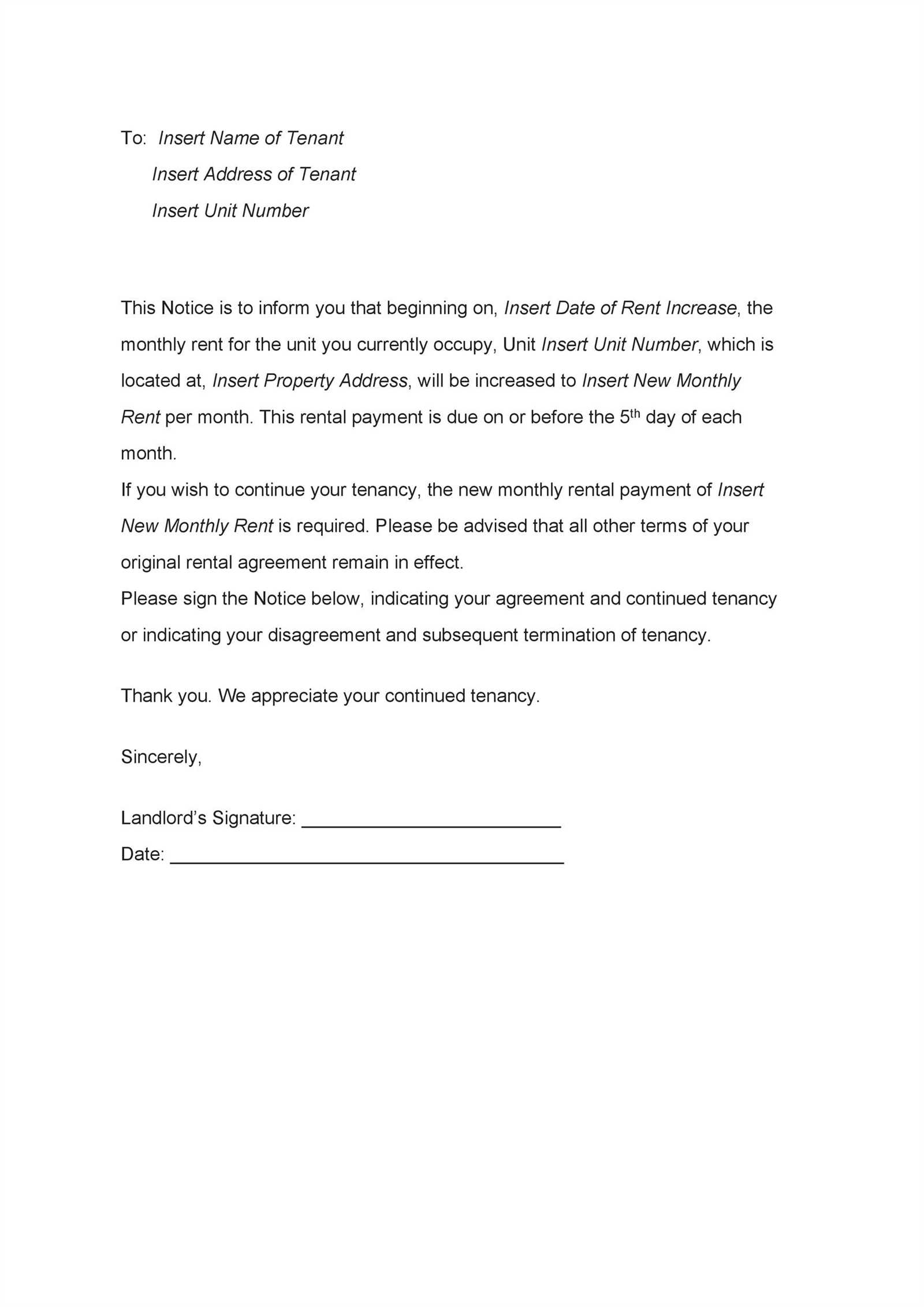
When making changes to the terms of a lease, it is crucial to understand the legal rights of tenants. These rights are designed to protect tenants from unfair practices and ensure that any modifications are done in accordance with the law. Landlords must be aware of these rights to avoid potential disputes or legal issues.
Tenant Protections Under the Law
Tenants are often protected by local, state, or national laws that govern the terms of tenancy agreements. These laws specify how and when changes to the lease can be made, and what procedures need to be followed. For example, many jurisdictions require landlords to provide a certain amount of notice before implementing changes or adjusting terms. Understanding these protections helps ensure that the change is made lawfully and respectfully.
Legal Limitations on Adjustments
It is equally important to be aware of any limitations placed on modifications to a lease. Some areas may have caps on how much a landlord can alter the terms, or specific guidelines regarding the frequency of changes. Violating these limits can result in legal action or fines. Knowing and respecting these boundaries will prevent any unintended violations and maintain a good relationship with tenants.
Key considerations:
- Local laws: Ensure you understand the rules and regulations in your area.
- Notice periods: Be aware of the required notice time before any changes can take effect.
- Legal limits: Know the maximum adjustments allowed by law.
By fully understanding tenant rights and legal restrictions, landlords can avoid misunderstandings and maintain compliance with the law, creating a fair environment for both parties.
Timing Your Rent Increase Effectively
When it comes to adjusting the terms of a lease, timing plays a crucial role in ensuring that the change is well-received and legally compliant. Landlords must be mindful of the timing of their notification, as improper timing can lead to dissatisfaction, confusion, or even legal complications. Choosing the right moment for such an update can help foster a cooperative relationship with tenants.
The key to effective timing is understanding both the legal requirements and the tenant’s perspective. Knowing when the lease allows changes and how much notice is required can help avoid potential conflicts. Additionally, considering the tenant’s situation and current market conditions can contribute to a smoother transition.
Legal Requirements for Notice Period
In most areas, there are specific legal requirements regarding how much notice a landlord must give before implementing any changes to the lease terms. These rules vary depending on the jurisdiction, but they typically mandate that landlords provide a written notice a set number of days or months in advance.
- Standard notice period: Ensure you are complying with the minimum notice period required by law, which can range from 30 to 90 days depending on local regulations.
- Written confirmation: Always provide the tenant with written documentation, detailing the change and the effective date.
Choosing the Right Time for the Adjustment
Timing should also take into account factors that may affect the tenant’s ability to accept the change. For example, sending a notice during the holiday season or right before a major rent payment could create unnecessary stress. Instead, aim for a time when tenants are more likely to be financially stable and prepared for the adjustment.
- Prioritize stability: Avoid changes during uncertain economic times or major life events that could strain the tenant’s financial situation.
- Consider the rental market: A market that favors tenants could make it more difficult to implement changes, while a market that favors landlords might make the timing of the change more acceptable.
By selecting an optimal time to notify tenants and adhering to legal requirements, landlords can ensure that the change is communicated effectively and respectfully, maintaining a positive relationship with tenants throughout the process.
Handling Tenant Reactions and Questions
When informing tenants about adjustments to the terms of their agreement, it is essential to be prepared for a variety of responses. Tenants may have questions, express concerns, or even feel frustrated about the changes. How landlords handle these reactions plays a significant role in maintaining a positive relationship and ensuring that the process runs smoothly.
Clear communication, empathy, and a willingness to address concerns are critical when navigating tenant reactions. Providing thorough explanations and demonstrating an understanding of their position can help ease tensions and prevent misunderstandings. By being proactive in answering questions, landlords can reduce anxiety and create a constructive dialogue.
Anticipating Common Questions
It’s helpful to anticipate the most common concerns tenants may have and be prepared with clear, concise answers. This shows that the landlord values the tenant’s perspective and is transparent about the reasons behind the change. Some of the most common inquiries may include:
- Why is this change happening? Tenants will want to understand the reasoning behind the adjustment and whether it aligns with local market trends or operating costs.
- How will this affect me? Tenants will often want to know the specific impact on their financial situation and what options they have moving forward.
- Is this adjustment legal? It’s essential to reassure tenants that the change complies with applicable laws and regulations.
Responding to Concerns with Empathy
When addressing concerns, it’s important to show empathy and patience. Acknowledge the tenant’s feelings and express your willingness to work together toward a mutually beneficial solution. Providing context and offering solutions, such as flexible payment arrangements or further explanations, can help mitigate negative reactions.
By maintaining a calm and understanding approach, landlords can manage tenant concerns effectively, making the process of adjusting the lease more collaborative and less contentious.
Building a Positive Landlord-Tenant Relationship
Creating and maintaining a constructive relationship with tenants is essential for long-term success in property management. When both parties communicate effectively and respect one another’s needs, it fosters an environment of mutual trust and understanding. This strong foundation can help resolve issues amicably and reduce conflict over time.
By showing a genuine interest in tenants’ well-being, addressing their concerns promptly, and being fair in decision-making, landlords can build a positive rapport that extends beyond financial matters. This not only improves tenant satisfaction but can also lead to longer tenancy and a more stable rental experience for everyone involved.
Communication is Key
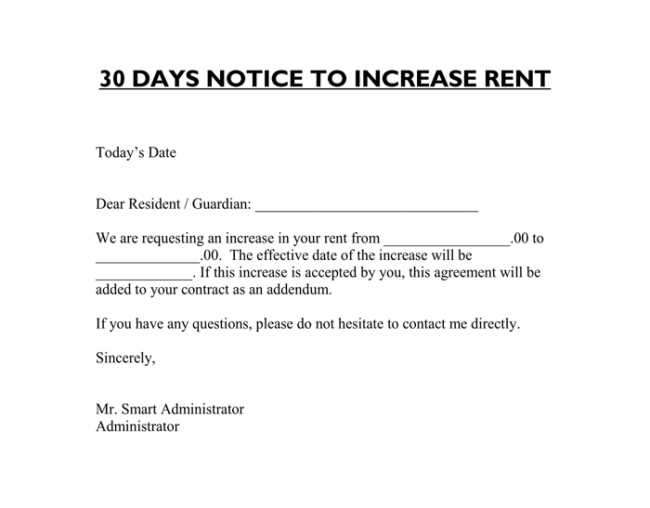
Regular, open communication between landlords and tenants is one of the most effective ways to prevent misunderstandings and build a good relationship. Keeping tenants informed about any necessary changes, updates, or maintenance schedules demonstrates respect for their time and living conditions. Being available for questions or concerns, even outside of the lease renewal process, shows that the landlord is approachable and values the tenant’s experience.
Fairness and Transparency
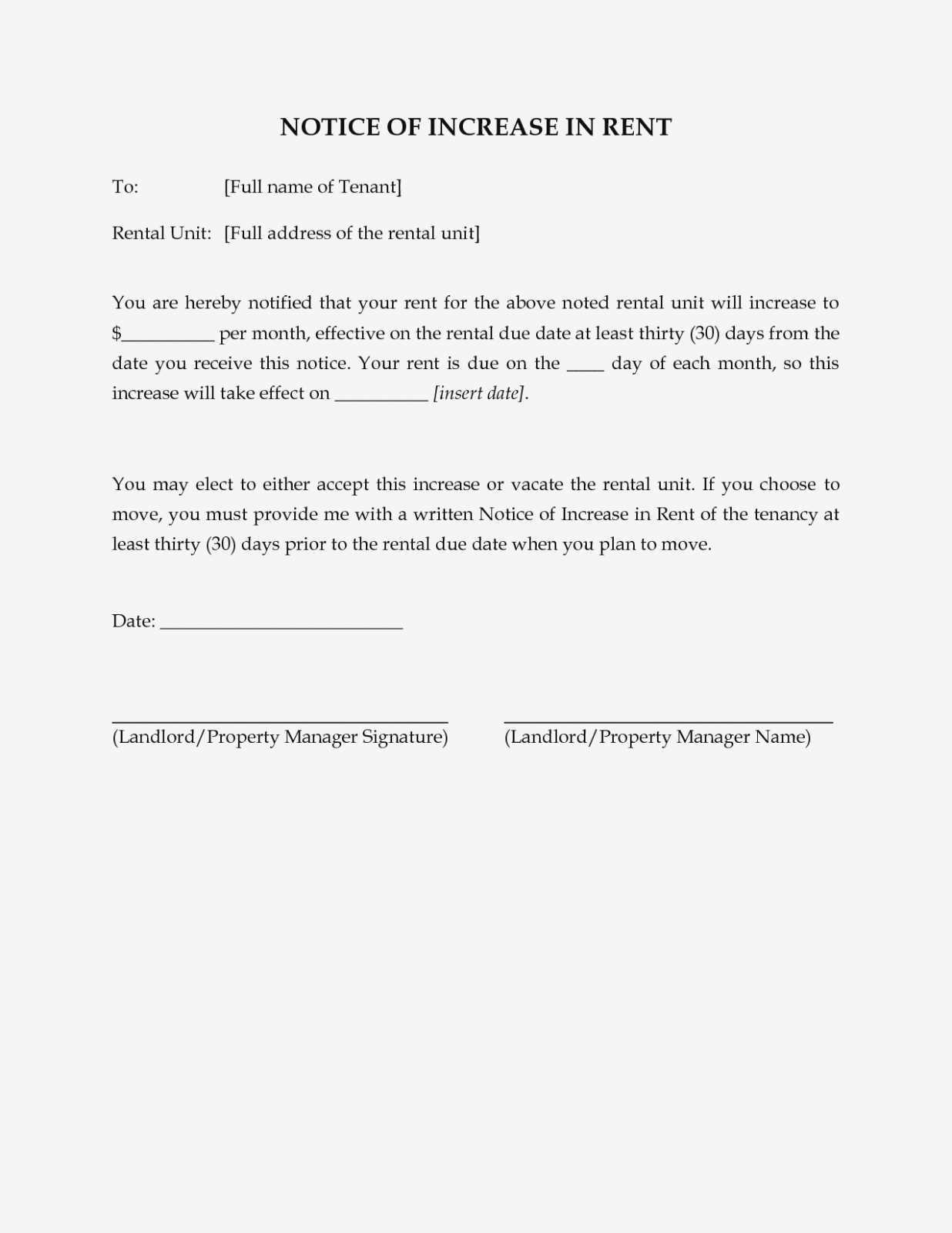
Landlords who are transparent and consistent in their decision-making are more likely to earn their tenants’ trust. Whether it’s discussing financial changes or addressing property issues, being honest and clear helps build credibility. When tenants see that decisions are made based on fairness and not personal interest, they are more likely to remain cooperative and satisfied with their living situation.
In conclusion, a positive landlord-tenant relationship is built on respect, effective communication, and transparency. By nurturing these qualities, landlords can ensure a pleasant, productive tenancy that benefits both parties over the long term.